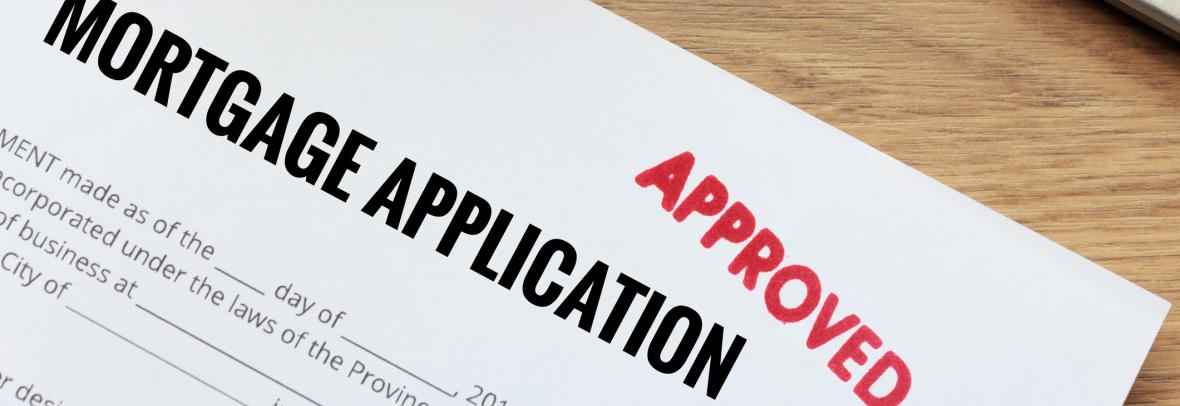
Some worry that it waters down approvals and could lead to a future foreclosure crisis. Others say it will help the 17% of buyers who were already just shy of approval.
NEW YORK – The mortgage industry had mixed feelings about the Federal Housing Finance Agency’s (FHFA) move to count positive rental history in Fannie Mae’s underwriting process.
Advocates for affordable housing cheered the move. Lenders appeared to be supportive of the change. But some in the mortgage industry fear it is an irresponsible loosening of credit restrictions.
Starting Sept. 18, Fannie Mae will count 12 months of positive rental payment history in its Desktop Underwriter program. To be eligible, borrowers must be first-time homebuyers, pay a monthly rent of at least $300, purchase the house as a primary residence, and consent to sharing 12 months of their bank statement history.
Lenders must obtain a verification of asset report from one of Fannie Mae’s approved vendors to include with the borrower’s file. The inclusion of the rental payment history can only work in a borrower’s favor.
Phil Denfeld, chief operating officer of Fairfax, Virginia-based First Heritage Mortgage, said he is in favor of taking into account on-time rental payments. But, he cautioned, “It should not be at the exclusion of not factoring in, in some way, the negative stuff. If there’s one or two missed payments, great. If there’s a serious pattern, how will the American public feel when a bunch of people are defaulting on their loans?”
A half dozen loan officers HousingWire interviewed voiced similar concerns.
The FHFA’s policy, however, is not up for debate. And the change seems to be just the latest sign that the Biden administration is not afraid of using the GSEs (government sponsored enterprises, i.e., Fannie Mae and Freddie Mac) as leverage to advance its housing agenda.
“It was important to us to look for responsible ways to provide access for folks who have been traditionally boxed out of the ability to access homeownership,” said Malloy Evans, Fannie Mae’s head of single-family. “This was a way to do that in a way that gives them access that maybe wasn’t otherwise there.”
Evans said that the question of whether to ding borrowers for missed or late payments has more to do with the underlying data being used. It’s not evident from a bank statement whether a rent payment was late or not. Likewise, if a rental payment is missing in the asset verification report, it does not necessarily indicate payment was not made, Evans said.
From Fannie Mae’s perspective, the impact the change could have is potentially dramatic: 17% of borrowers who were recently declined would have been approved, had this policy been in place.
“It’s not relaxing our credit standards, it’s looking for reliable indicators of the borrower being able to meet our credit standards,” said Evans.
The Mortgage Bankers Association, which represents lenders, said in a statement that it supported the change.
“The ability to factor rental payment history into loan underwriting aligns with long-standing MBA recommendations to better recognize the complete population of mortgage-ready consumers,” a spokesperson wrote.
Advocates for affordable housing said the change was an important step forward to expand sustainable homeownership.
Mike Calhoun, president of the Center for Responsible Lending, said that incorporating positive rental payment history into Fannie Mae’s underwriting platform “removes a significant barrier, responsibly expanding access to mortgage credit and the economic opportunities that accompany sustainable homeownership.”
David Dworkin, CEO of the National Housing Conference, said he expects the change to lift borrowers who only narrowly do not meet the underwriting requirements, rather than dramatically raise credit scores. This is about “getting someone from a 660 to 680, not getting someone with a 590 and making them qualify,” said Dworkin. “This is only for people who were otherwise on the line.”
The change stands to make the biggest difference for borrowers who have little other credit history.
A quarter of U.S. households are underbanked or unbanked, while 17% of Black and 14% of Latino households lack access to traditional financial services, according to the Federal Deposit Insurance Corporation. Twenty percent of the U.S. population has little established credit history, disproportionately Black and Latino consumers, according to Fannie Mae research.
“For most renters, their monthly rental payment is their single largest recurring payment, but it’s not reported to credit agencies,” said Lesley Alli, HomePoint’s senior managing director of strategic partnerships. “They’re not getting the benefit from that.”
And because allowing rental history to figure into the underwriting process will make it easier for underserved communities to get federally backed mortgages, it may also help some lenders meet Community Reinvestment Act requirements more easily.
“Anything that brings in more borrowers helps to provide accessibility,” Alli said. “Fannie Mae has always had as part of its core mission providing accessibility and liquidity to the market; it’s the core of what they do. The ‘how’ has changed throughout the years.”
Copyright © 2021 States News Service
Go to Source
Author: kerrys



